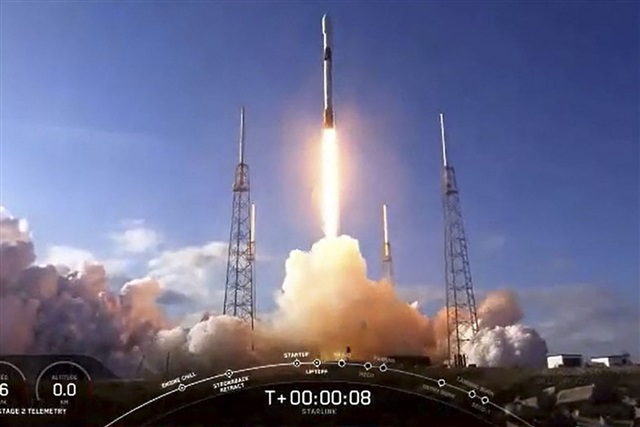As low Earth orbit (LEO) satellite deployments accelerate and 5G standards continue to evolve, direct-to-device (D2D) technology is emerging as the cornerstone for integrating mobile and satellite communications. The architecture extends terrestrial network coverage into space, addressing connectivity gaps in remote, maritime, and disaster-stricken regions, while also creating new business opportunities for telecom operators and satellite providers.
Government initiatives and space transport advancements are driving the development of D2D technology. The US Department of Defense, for instance, has allocated US$134 million in its fiscal year 2025 budget (October 2024–September 2025) to procure commercial satellite bandwidth services. Beneficiaries such as SpaceX, Iridium, and Viasat are expected to reinvest the funding into technology upgrades. Meanwhile, SpaceX's Starship, a next-generation heavy-lift rocket capable of carrying payloads of several hundred tons, could reduce launch costs to below US$200 per kilogram once commercially operational, lowering the entry barrier for satellite ventures and spurring diversified applications.
Several global players are now advancing D2D commercialization. SpaceX and T-Mobile have launched initial services, while AST SpaceMobile and Lynk Global are working to expand satellite constellations. With the 3GPP Release 19 standard expected to be finalized around 2027, D2D applications supporting voice and real-time communications could enter commercial stages by 2028, potentially marking the start of a new growth cycle for the mobile industry.
The next wave of growth is expected to come from vehicle networking. According to the 5G Automotive Association's "Visionary 2030 Roadmap," IoT-based non-terrestrial networks (IoT-NTN) will support emergency rescue communications by 2027, followed by the adoption of NR-NTN for real-time voice capabilities after 2030. Companies from the US, Japan, and Taiwan have already invested in automotive and glass antennas, signaling a convergence of satellite connectivity and automotive electronics.
Despite its promise, the D2D market remains in an early phase, constrained by spectrum licensing, operator investments, and chip integration. Future progress will hinge on two key factors: the commercial rollout of AST SpaceMobile and the finalization of 3GPP Release 19. If both advance as planned, the market could enter a rapid expansion phase by 2030, with annual revenues projected to surpass US$10 billion.
DIGITIMES believes that sustained funding and technological progress will accelerate ecosystem maturity, positioning D2D as a transformative force in the global satellite communications landscape.
For more details on NTNs, check out: NTN Convergence: How Satellite and Mobile Networks Are Powering the 6G Era
Article edited by Jack Wu




